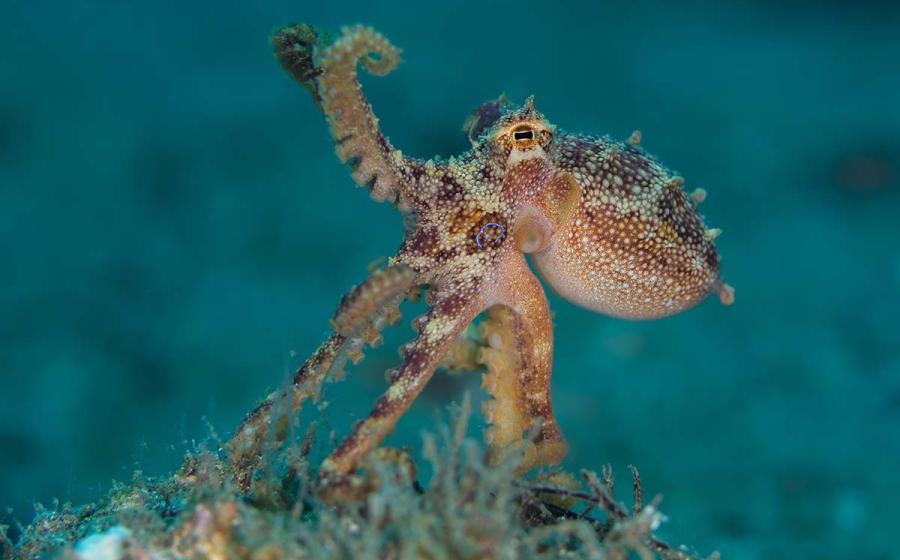David Shiffman, Ph.D. Articles
Scavengers eat animals that are already dead instead of hunting live prey. It's extremely important to keep ecosystems clean and healthy.
Overfishing (not finning) is far and away the biggest threat to sharks globally, but banning shark fishing is overkill itself. There are middle ground solutions.
While these natural population peaks can cause harm and human interference can exacerbate them, there’s no reason to find them terribly alarming.
How manta ray encounters are structured shapes their impact on wildlife.
Hundreds of new ocean species described by scientists every year—but described doesn't mean newly discovered.
You do not need to be able to scuba dive for a career in marine biology, but there are ways for the field to improve inclusivity.
Dolphins aren't the only animals that use tools — octopuses and otters do too.
The light of the moon can shape hunting, mating and more in the ocean.
The best thing to do is work to prevent the next one. Here are some ideas.










